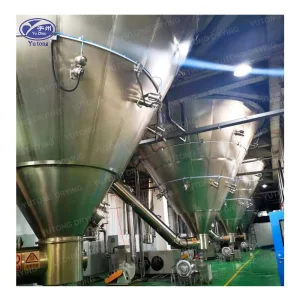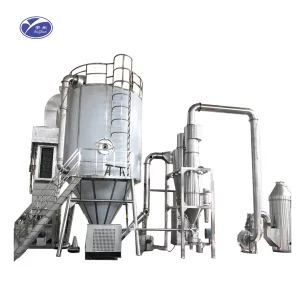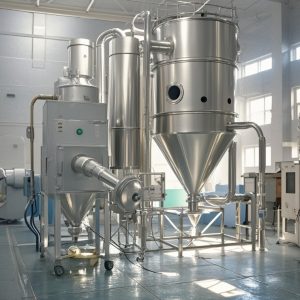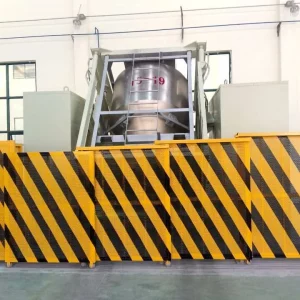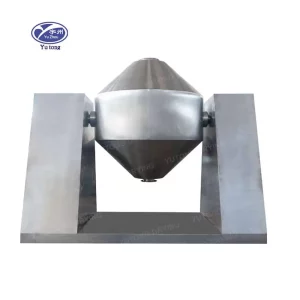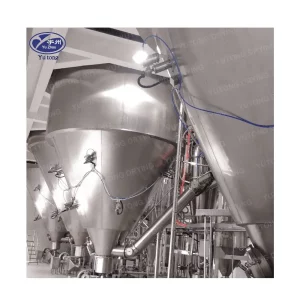Compressor dryer systems play a crucial role in industrial applications where clean, dry compressed air is essential for optimal operation and longevity of machinery. These systems remove moisture and contaminants from compressed air, ensuring it meets the quality standards required for various industrial processes. This article will provide an in-depth look at how compressor dryer systems function, their components, and the importance of maintaining dry air in industrial settings.
What is a Compressor Dryer System?
A compressor dryer system is an integral part of any compressed air system. Its primary purpose is to eliminate water vapor, oil, and other impurities that can be introduced during the compression process. These contaminants can cause corrosion, affect pneumatic system performance, and lead to equipment failure if not adequately removed.
The Compression Process and Moisture Formation
When atmospheric air is compressed, its volume decreases, causing the air temperature to rise due to adiabatic heating. As the air cools post-compression, it can reach dew point temperatures where water vapor condenses into liquid droplets. These droplets, along with any oil mist or particulates present, can accumulate in the compressed air system, necessitating the use of a dryer.
Types of Compressor Dryer Systems
There are several types of compressor dryer systems designed to address the issue of moisture in compressed air:
1. Refrigerant Dryers: These are the most common type, utilizing refrigeration to cool the compressed air below its dew point, causing moisture to condense and separate. The air is then reheated to prevent downstream freezing.
2. Desiccant Dryers: They use a desiccant material, such as silica gel or activated alumina, to adsorb moisture from the compressed air. Desiccant dryers can be either heat-regenerative or non-heat regenerative, depending on whether they require external heat for regeneration.
3. Membrane Dryers: Utilizing semi-permeable membranes, these systems allow water vapor to pass through while retaining the compressed air. They are effective but can have higher operating costs due to the need for replacement membranes.
4. Centrifugal or Cyclonic Separators: These are often used as pre-treatment devices to remove larger droplets before the air enters the main dryer.
How Does a Refrigerant Dryer Work?
To illustrate the operation of a typical compressor dryer system, let’s focus on a refrigerant dryer:
1. Cooling Coil: The compressed air first passes through a cooling coil, where it is cooled by a refrigerant. The cooling causes moisture to condense and collect in a drip tray.
2. Drip Tray and Drain Valve: The collected water is periodically drained from the drip tray via a drain valve, usually controlled by a timer or a level sensor.
3. Reheating: After the air is dried, it is reheated slightly to prevent downstream freezing. This is typically achieved by routing some of the hot compressed air around the cooler, mixing it with the cold, dry air.
4. Filtering: Some systems incorporate filters to remove any remaining oil and particulate matter, ensuring the air is clean and dry.
Why Dry Air Matters
Maintaining dry air in industrial settings is critical for several reasons:
Prevents Corrosion: Moisture in compressed air can lead to rust and corrosion in pneumatic tools and air-operated machinery, reducing their lifespan and reliability.
Enhances Performance: Dry air reduces the risk of freezing in cold environments, ensuring consistent operation throughout the year.
Improves Safety: By removing oil and particulates, dry air reduces the risk of fire hazards and ensures a safer working environment.
Saves Costs: Regular maintenance and use of a compressor dryer system can save on repair and replacement costs associated with moisture damage.
Compressor dryer systems are indispensable for maintaining the quality and integrity of compressed air in industrial applications. Whether it’s a refrigerant dryer, desiccant dryer, or another type, selecting the right system is crucial for optimizing operational efficiency and preventing costly downtime. Regular maintenance and monitoring of these systems ensure they continue to perform optimally, providing the clean, dry air necessary for industrial processes to run smoothly.

